Stomach Flu vs Food Poisoning: Take the Quiz
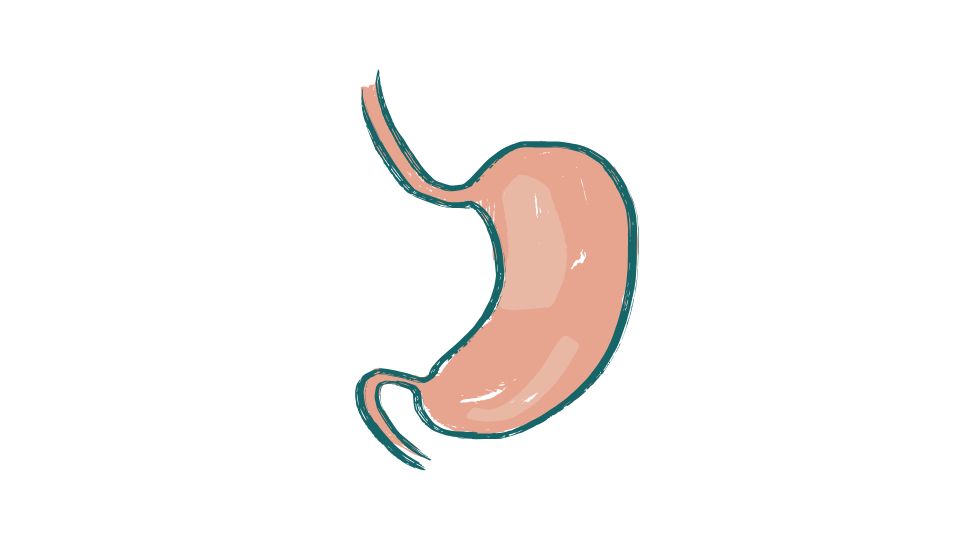
Ever woke up feeling like your stomach is doing a TikTok dance challenge?
You’re not alone. About 48 million Americans get sick from food poisoning each year, while stomach flu hits even more of us regularly.
But how do you know which one is turning your insides into a mosh pit?
Let’s break down the difference between these two gut-wrenching conditions so you can figure out what’s going on and what to do about it. (Besides crying in the bathroom, which is totally valid too.)
Stomach Flu vs. Food Poisoning: What’s Wrecking Your Gut?
First things first – despite the name, stomach flu has nothing to do with influenza. It’s actually viral gastroenteritis, caused by viruses that inflame your stomach and intestines.
Food poisoning, on the other hand, happens when you eat something contaminated with bacteria, viruses, parasites, or toxins.
The tricky part? They both make you feel like garbage.
Why These Two Get Mixed Up So Often
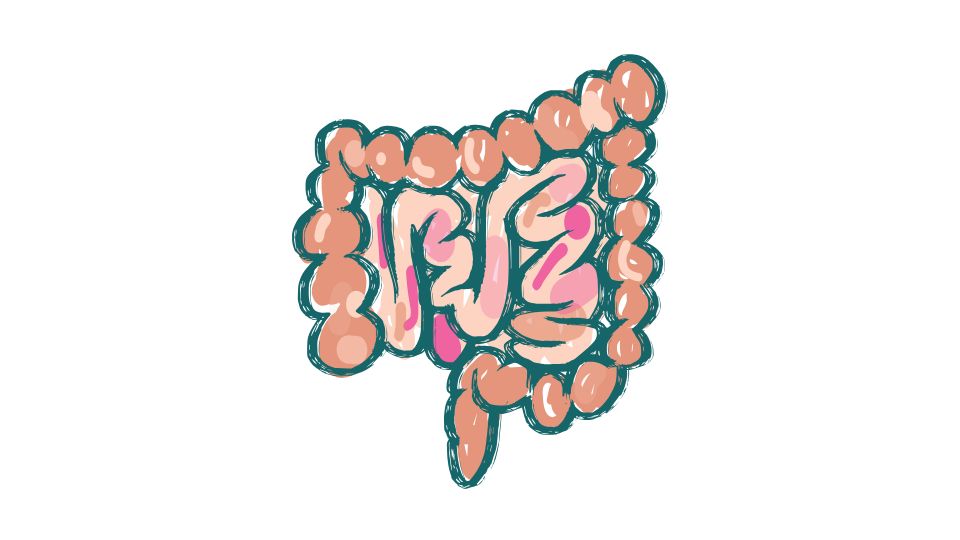
Both conditions share these lovely symptoms:
- Diarrhea (sometimes the emergency kind)
- Nausea and vomiting
- Stomach cramps that feel like someone’s wringing out your intestines
- Fever
- Feeling generally miserable
No wonder it’s hard to tell them apart! But there are some key differences that can help you figure out which one is ruining your day.
The Detective Work: Spot the Difference
Timing is Everything
Food poisoning typically hits fast and hard – usually within 2-6 hours after eating something sketchy. It’s like your body is screaming “EVACUATE!” as quickly as possible.
Stomach flu takes its sweet time, usually showing up 12-48 hours after you’ve been exposed to the virus. It’s that sneaky friend who RSVPs late to the party.
For example, if you and your friends all get sick a few hours after eating at that new sushi place with the suspiciously low prices, you’re probably dealing with food poisoning.
Duration: How Long Will the Suffering Last?
Food poisoning often blows through your system like a hurricane – intense but usually over within 24-48 hours. Your body is efficient at getting rid of toxins.
Stomach flu likes to overstay its welcome, typically lasting 3-5 days and sometimes up to 10 days. It’s the house guest who keeps saying “just one more night.”
Different Symptom Patterns
While both conditions can cause all the symptoms we mentioned, there are subtle differences:
Food poisoning often causes:
- More severe, sometimes bloody diarrhea
- More intense abdominal pain
- Symptoms that hit all at once and hard
Stomach flu typically features:
- More nausea and vomiting
- Less severe diarrhea
- Symptoms that build gradually
- More likely to include low-grade fever and body aches
The Spread Factor
Did everyone at the barbecue get sick within hours? That’s classic food poisoning.
Is sickness slowly spreading through your household, one person at a time? That’s viral gastroenteritis (stomach flu) making the rounds.
When to Stop Googling and Call a Doctor
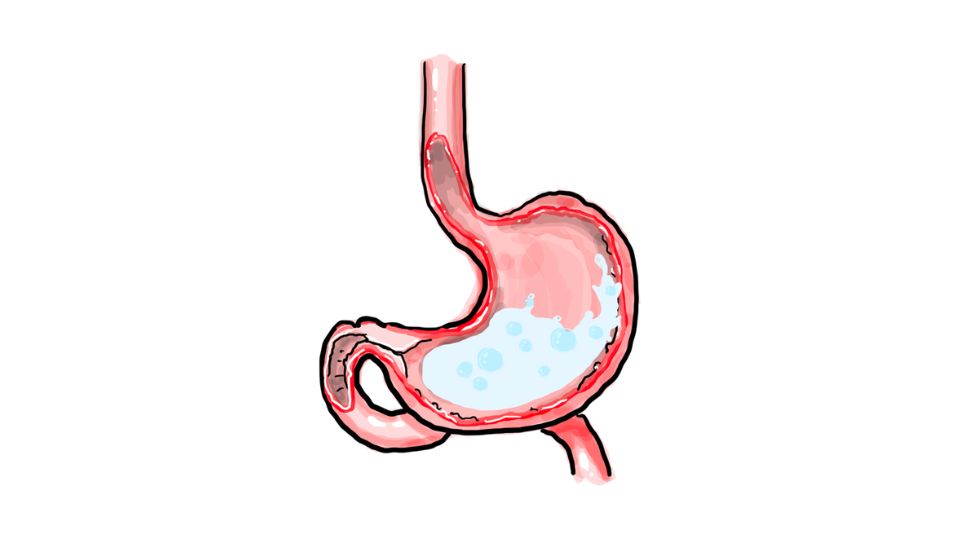
Most cases of food poisoning and stomach flu can be handled at home with rest and fluids. But sometimes, things get serious.
Get medical help ASAP if you experience:
- Severe dehydration (extreme thirst, dizziness, confusion, or minimal urination)
- Vomiting that won’t stop for more than 24 hours
- Diarrhea lasting more than 3 days
- Blood in your vomit or stool
- High fever above 101°F (38.5°C)
- Symptoms that are getting worse instead of better
The elderly, young children, pregnant women, and people with compromised immune systems should be especially cautious and seek medical care earlier.
Managing the Misery: Treatment Tips
Whether it’s food poisoning or stomach flu, the basic treatment is similar:
- Stay hydrated – small sips of clear fluids, sports drinks, or oral rehydration solutions
- Rest your body and your gut
- Eat bland foods when you can tolerate them (the BRAT diet – bananas, rice, applesauce, toast)
- Avoid dairy, caffeine, alcohol, and fatty or spicy foods until fully recovered
A key difference: Antibiotics are useless against stomach flu (it’s viral) and most cases of food poisoning. They’re only used for certain bacterial infections, and only when prescribed by a doctor.
Prevention: Avoid the Whole Mess Next Time
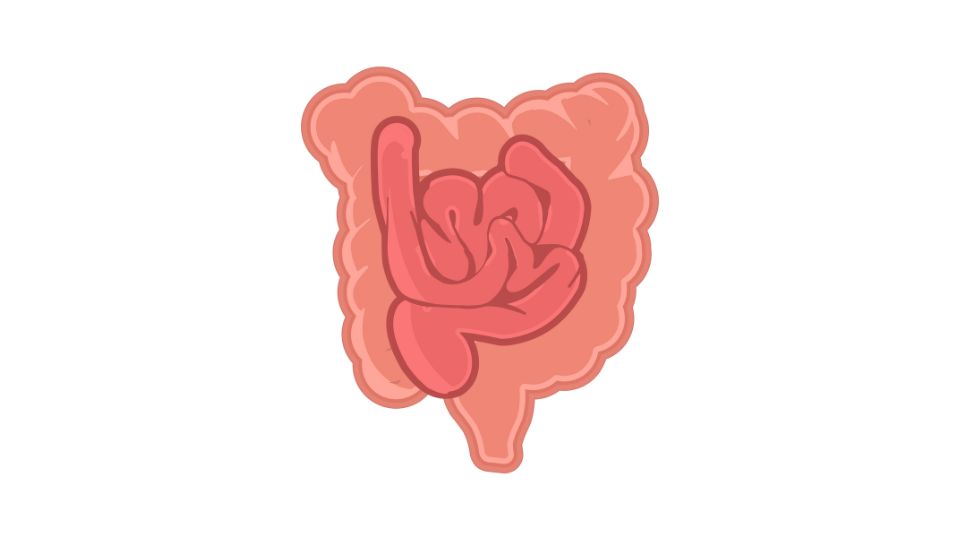
Preventing Food Poisoning:
- Wash hands before handling food
- Keep raw meat separate from other foods
- Cook foods to proper temperatures
- Refrigerate leftovers promptly
- When in doubt, throw it out!
Preventing Stomach Flu:
- Wash your hands obsessively (seriously, this is the big one)
- Disinfect surfaces, especially in bathrooms and kitchens
- Avoid sharing utensils, towels, or food with sick people
- Consider getting the rotavirus vaccine for infants
The Bottom Line
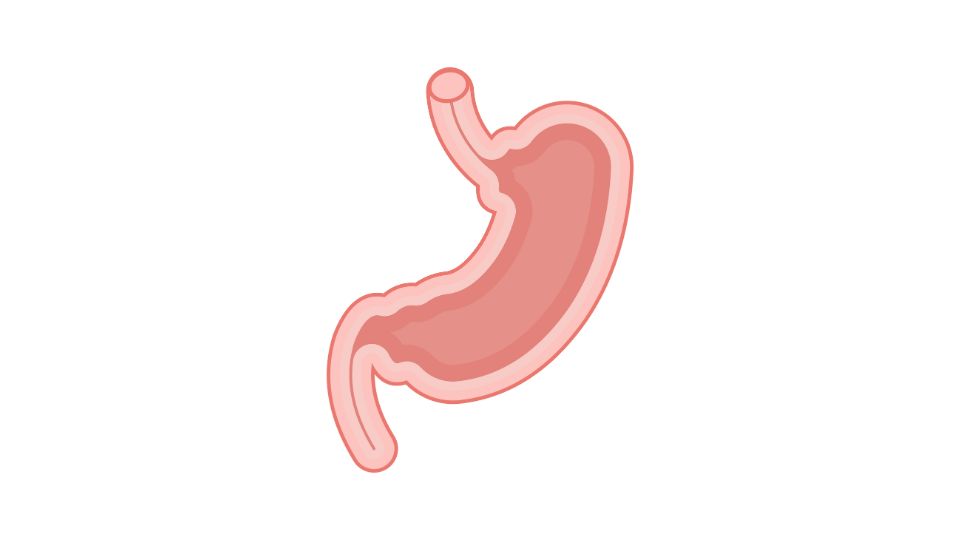
In most cases, knowing whether you have food poisoning or stomach flu won’t change your immediate actions much. Both usually require the same basic care: rest, fluids, and patience.
The main value in distinguishing between them is:
- Knowing how long to expect the misery to last
- Understanding if others might get sick too
- Figuring out if that restaurant needs to be reported
- Determining when it’s time to see a doctor
So next time you’re hugging the porcelain throne, at least you’ll have a better idea of what put you there.
Small comfort, I know, but sometimes knowledge is the only power we have when our digestive systems stage a revolt.

